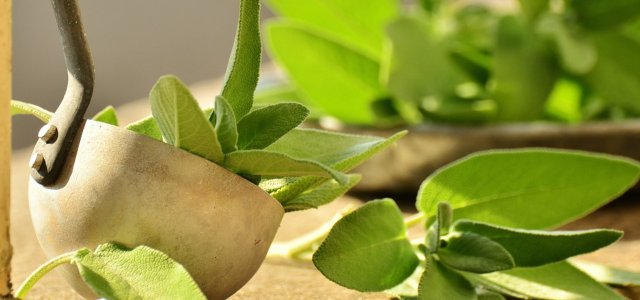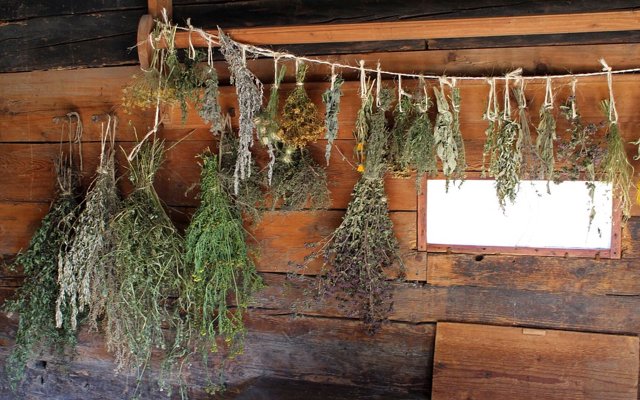
If you harvest and dry sage properly, it can be stored for a long time. So you can use it at any time of the year to refine and season dishes. Sage that you harvest and dry yourself can also be used as a tea to treat sore throats.
6 tips for harvesting sage properly
The real sage is a popular seasoning herb for refining dishes. But sage can also provide relief as a versatile home remedy, for example for sore throats or gastrointestinal complaints.
In order to have a sufficient supply for cold season, when sage no longer sprouts, it is important to harvest sage properly.
Here are some tips to keep in mind for a bountiful harvest:
- Harvest time is approximately from May to August. Normally, sage begins to bloom at the beginning of summer. However, during its flowering period, its aroma content is very weak, which would make it uninteresting as a seasoning herb.
- If you serge continuously and evenly, you will reduce lignification and efflorescence. This is because the young shoot tips in particular are rich in essential oils and aromatic compounds.
- Never cut into the woody part of the shoots, otherwise the shoot will not resprout.
- Do not wash the harvested sage, but only strip it so as not to unnecessarily slow down the drying process and lose valuable ingredients.
- To avoid loss of flavor, you should dry or freeze the sage immediately after harvesting.
- Around the end of August you should harvest the last time, so that the shoots can fully mature before the first frost and are thus protected. To protect the hardy shrub from frost, you can place leaves, pine greenery or straw around the root zone. Note: Not all types of sage are hardy.
Dry sage

Drying sage or freezing – which is better? The answer: Both are possible! Both dried and frozen, the essential oils are preserved.
Dry sage properly
Air dry:
Dry the sage at 21 to 27 degrees Celsius in a well-ventilated place. This takes about ten days.
You can simply spread individual leaves on newspaper.
If you have harvested stems, tie them together with string and hang them upside down.
In the oven:
- It is also possible to dry the sage in the oven at 40 degrees Celsius within about six hours.
- Turn the leaves regularly and leave the oven door open a small gap (for example, with a wooden spoon between them). However, this method is not very energy efficient and therefore not recommended.
- In order to keep the Mediterranean mint spicy in taste and healing in its effect, you should store it afterwards in a light-protected and sealed container. Cans (e.g. online at **Avocadostore), but also brewing glasses (e.g. online at **Amazon) are suitable for this. You can also take an old jam jar and store it in a dark place. It will keep for up to a year this way.
How to freeze sage properly

To freeze sage, you can put the sage leaves uncrushed in a screw-top jar or freezer can.
As you can see, with a little background knowledge, sage harvesting is uncomplicated and productive. If you have any other tips or experiences, we look forward to your comments!

